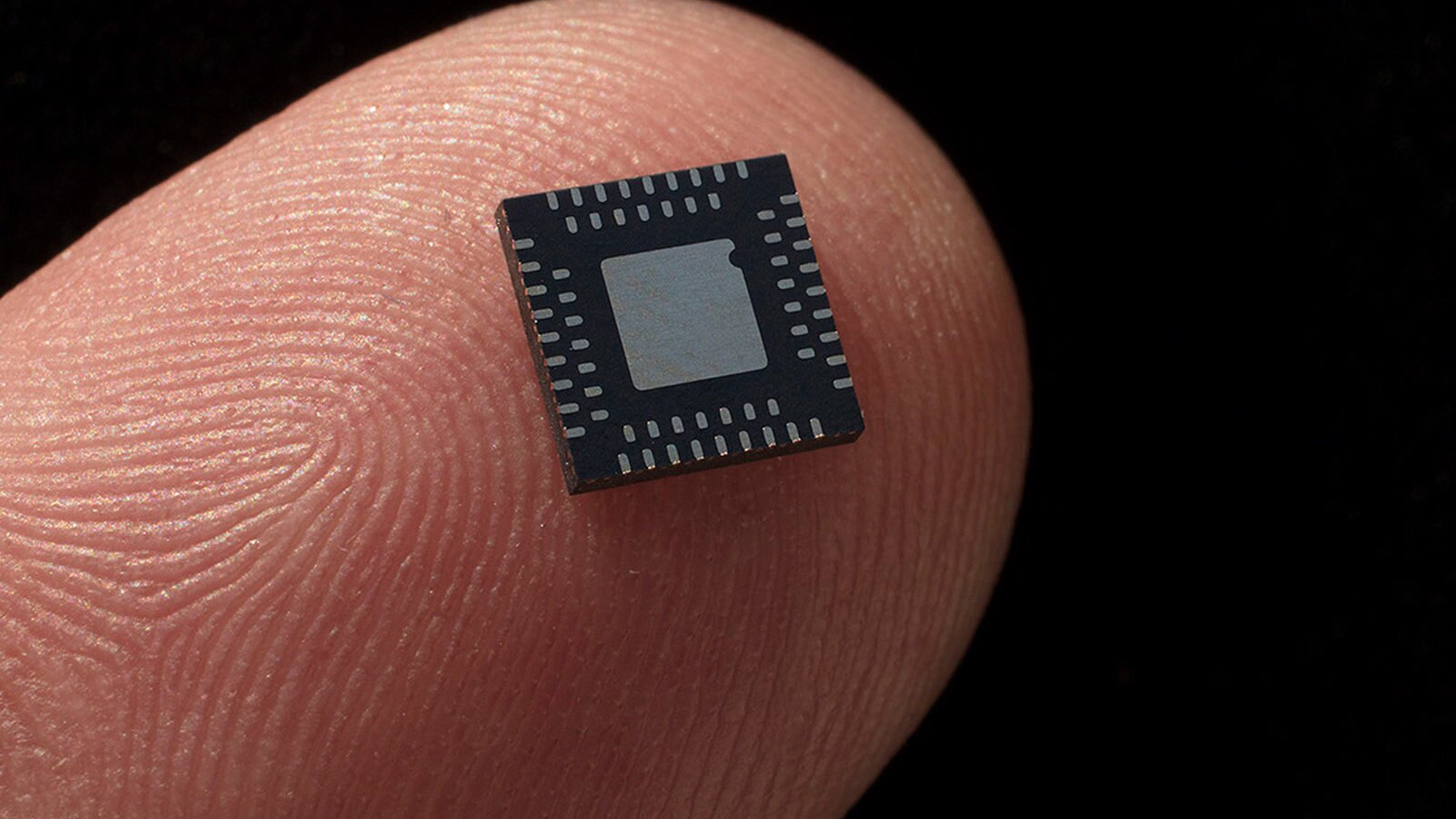Russia Aims to Mass Produce 28nm Chips by 2027, 14nm by 2030

As it's being ostracized and sanctioned by much of the world for its war against Ukraine, Russia is building up plans to revive its ailing local manufacturing of semiconductors since it cannot get chips from the usual suppliers. The country's new chip plan involves a rather massive investment over the next eight years; the goals don't sound ambitious. For example, while TSMC plans to hit 2nm by 2026, Russia wants 28nm local chip manufacturing by 2027 and 14nm by 2030, according to a new Cnews report.
Russia's government has developed a preliminary version of its new microelectronics development plan that requires investments of around ₽3.19 trillion ($38.43 billion) by 2030. The money will be spent on developing local semiconductor production technologies, domestic chip development, data center infrastructure, developing local talents, and marketing homebrew chips and solutions, reports Cnews.
On the semiconductor manufacturing side, the country plans to spend ₽420 billion ($5 billion) on new fabrication technologies and their ramp-up. One of the short-term goals is to ramp up local chip production using a 90nm fabrication technology by the end of the year. A longer-term goal is to establish manufacturing using a 28nm node by 2030, something TSMC did in 2011.
Historically somewhat successful with software and high-tech services, Russia has been comparatively unsuccessful with chip design and manufacturing. While there are plans to educate local talent and develop chips domestically, the country plans to establish a reverse engineering program of 'foreign solutions' to transfer their manufacturing to Russia by the end of the year. All digital items should be produced domestically by 2024. Things that the country cannot make domestically are expected to be sourced from China.
While Russia's plan seems to contain many items and sets some goals, it should be noted that even China has not managed to localize a substantial portion of critically important chip manufacturing. Whether or not Russia, which cannot use technologies developed in the U.S., U.K., or Europe, will achieve its goals by 2024 or 2030 is up in the air. But that doesn't mean there isn't a likely answer.
The plan is projected to be finalized and sent for official approval by the prime minister on April 22, 2022.
Get Tom's Hardware's best news and in-depth reviews, straight to your inbox.

Anton Shilov is a contributing writer at Tom’s Hardware. Over the past couple of decades, he has covered everything from CPUs and GPUs to supercomputers and from modern process technologies and latest fab tools to high-tech industry trends.